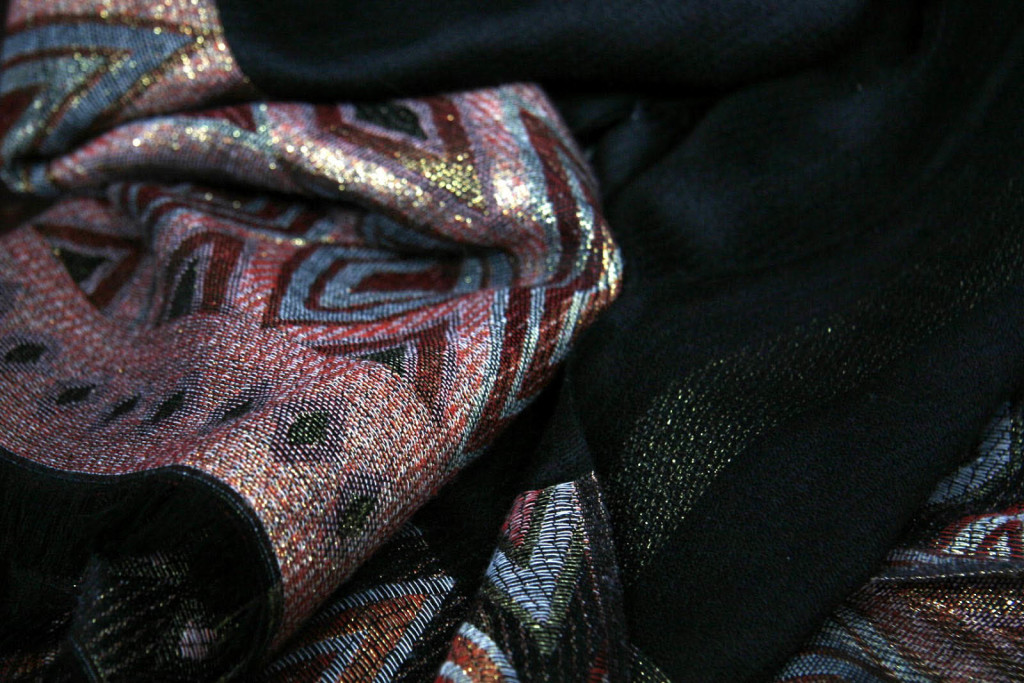Exports to China rise substantially
Kathmandu, July 21
The country’s exports to China increased substantially in the first 11 months of the last fiscal year as exports of pashmina, handicraft products, tea, wheat flour and noodles rose by two- to three-folds as compared to the corresponding period of the previous fiscal.
Nepal’s exports to China stood at around Rs three billion in the first 11 months of fiscal 2017-18, compared to Rs 1.57 billion in the same period of fiscal 2016-17, according to statistics unveiled by Nepal Rastra Bank.
Nepal’s exports to the northern neighbour declined sharply after the devastating earthquake of April 25, 2015. However, exports to China started reviving from last fiscal.
The country had exported goods worth Rs 2.18 billion to China in fiscal 2013-14. The country’s exports to China declined to Rs 2.16 billion in 2014-15 as the earthquake struck Nepal in April 2015 and it remained at around Rs 1.50 billion for two consecutive fiscal years.
Traders have said that exports to China have been gradually reviving since the last fiscal.
“Though the volume of Nepal’s exports to China is not significant, it is on the rise, which is encouraging,” said Bishnu Bahadur Khatri, immediate past president of Nepal Trans Himalaya Border Commerce Association.
Export of wheat flour increased by more than three-folds to Rs 24.6 million in the review period. Similarly, export of tea, pashmina and noodles increased by two-folds in the first 11 months compared to the same period of fiscal 2016-17.
The country exported tea worth Rs 27.4 million, pashmina (Rs 72.7 million) and noodles (Rs 80 million), according to
the central bank. Likewise, export of handicraft products doubled in the review period to Rs 124.8 million.
Meanwhile, the country imported goods worth Rs 142.79 billion from China in the first 11 months of the previous fiscal, which is an increase by 25 per cent. The import-export gap with the northern neighbour has been widening due to low exports from Nepal.
The government of China has granted ‘duty-free, quota-free’ facility to 8,030 Nepali goods considering its status of a least developed country. However, utilisation of the facility has been dismal due to supply-side constraints. Exporters said that Nepal has not even been able to capitalise on its potential of exporting agro and livestock products due to lack of internationally accredited labs in the country.






